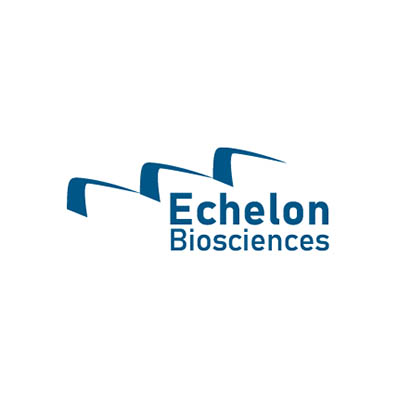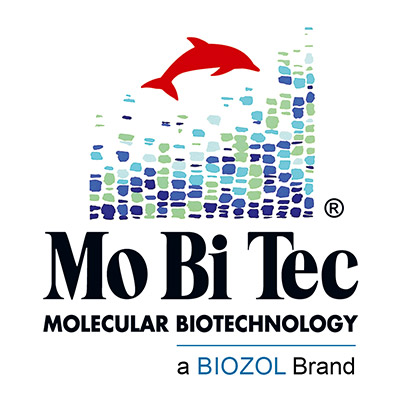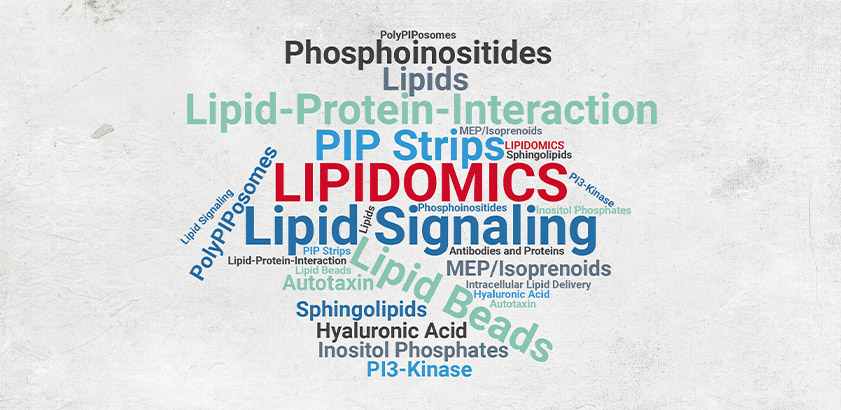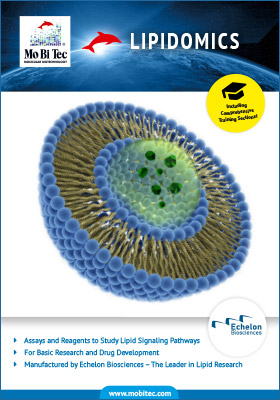No results were found for the filter!

PI4-Kinase II beta (PI4KIIb), active (Echelon Product Code: P22-10G 5UG)
Order #: ECH-P22-10G-5UG
Unit: 5 ug
Price on request

PI4-Kinase II beta (PI4KIIb), active (Echelon Product Code: P22-10G 10UG)
Order #: ECH-P22-10G-10UG
Unit: 10 ug
Price on request

PI3Ka, E545K - Active Mutant (Echelon Product Code: P27-15H 10UG)
Order #: ECH-P27-15H-10UG

PI3K (p110alpha/p85alpha), active (Echelon Product Code: P27-18H 10UG)
Order #: ECH-P27-18H-10UG

PI3K (p110beta/p85alpha), active (Echelon Product Code: P28-102H 10UG)
Order #: ECH-P28-102H-10UG

Purified Anti-LPLA2 Antibody (Echelon Product Code: Z-PLPLA2 10UG)
Order #: ECH-Z-PLPLA2-10UG

Purified Anti-LPLA2 Antibody (Echelon Product Code: Z-PLPLA2 50UG)
Order #: ECH-Z-PLPLA2-50UG

Arachidonoyl LPA, 20:4 LPA (Echelon Product Code: L-0204 1MG)
Order #: ECH-L-0204-1MG

Arachidonoyl LPA, 20:4 LPA (Echelon Product Code: L-0204 10MG)
Order #: ECH-L-0204-10MG

Histidine Tagged Versican G1 Domain (Echelon Product Code: G-HA03 50UG)
Order #: ECH-G-HA03-50UG

1-Stearoyl-2-Arachidonoyl-sn-Glycerol (Echelon Product Code: L-0024 20MG)
Order #: ECH-L-0024-20MG

1-Stearoyl-2-Arachidonoyl-sn-Glycerol (Echelon Product Code: L-0024 5MG)
Order #: ECH-L-0024-5MG
Viewed
*All prices in € excl. VAT and shipping



